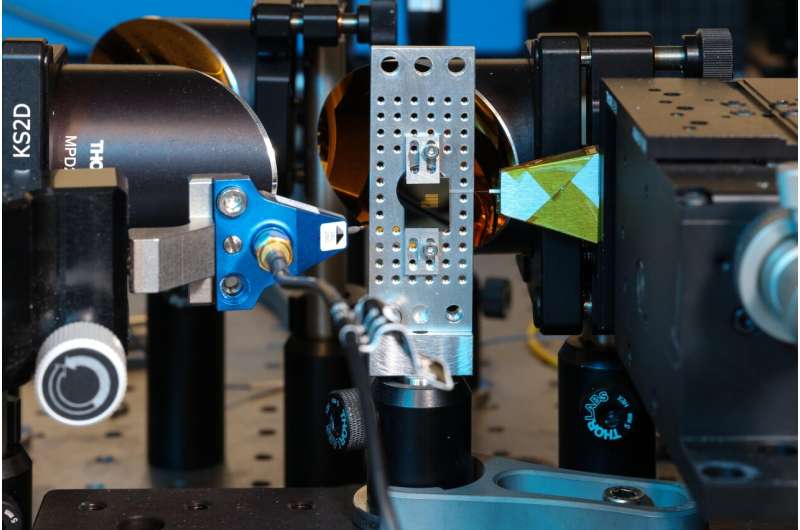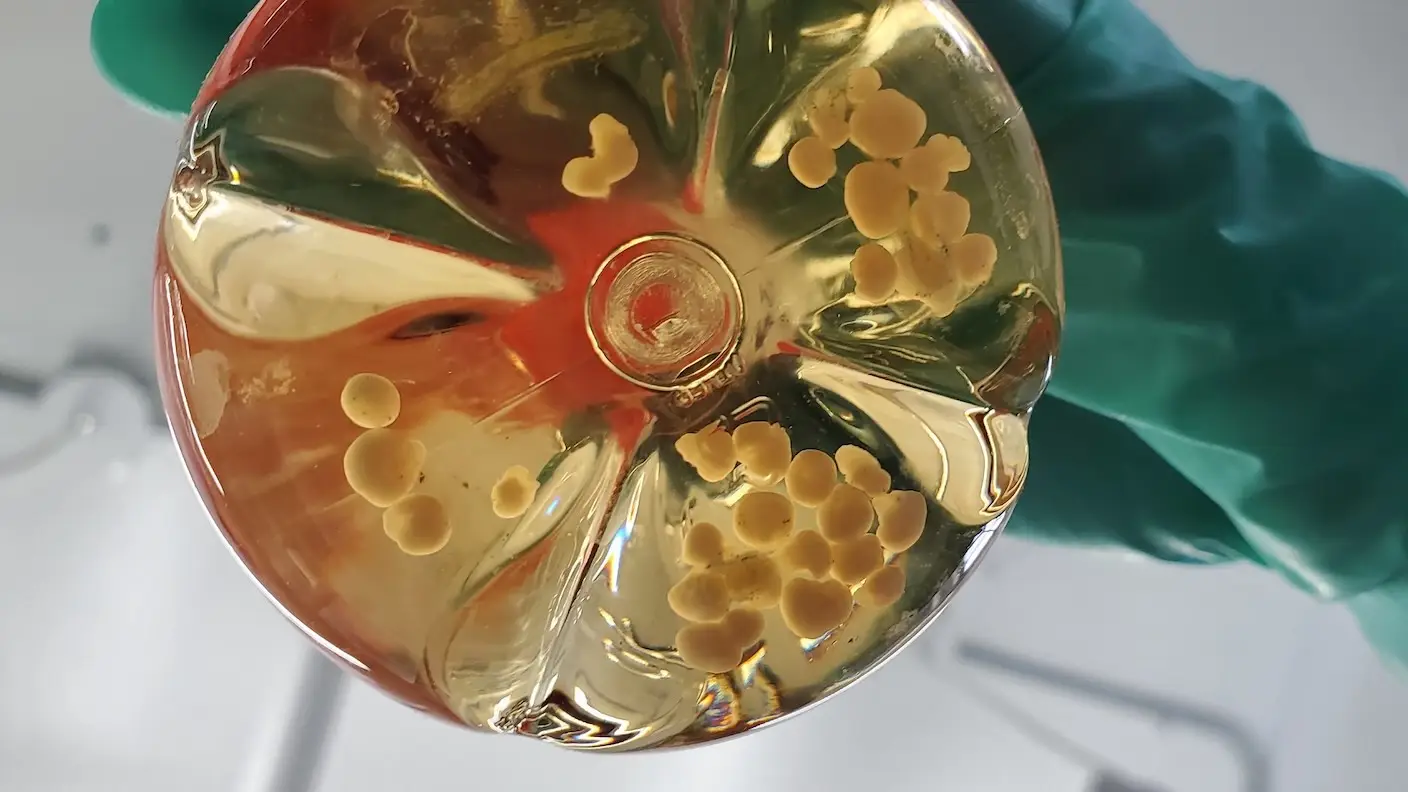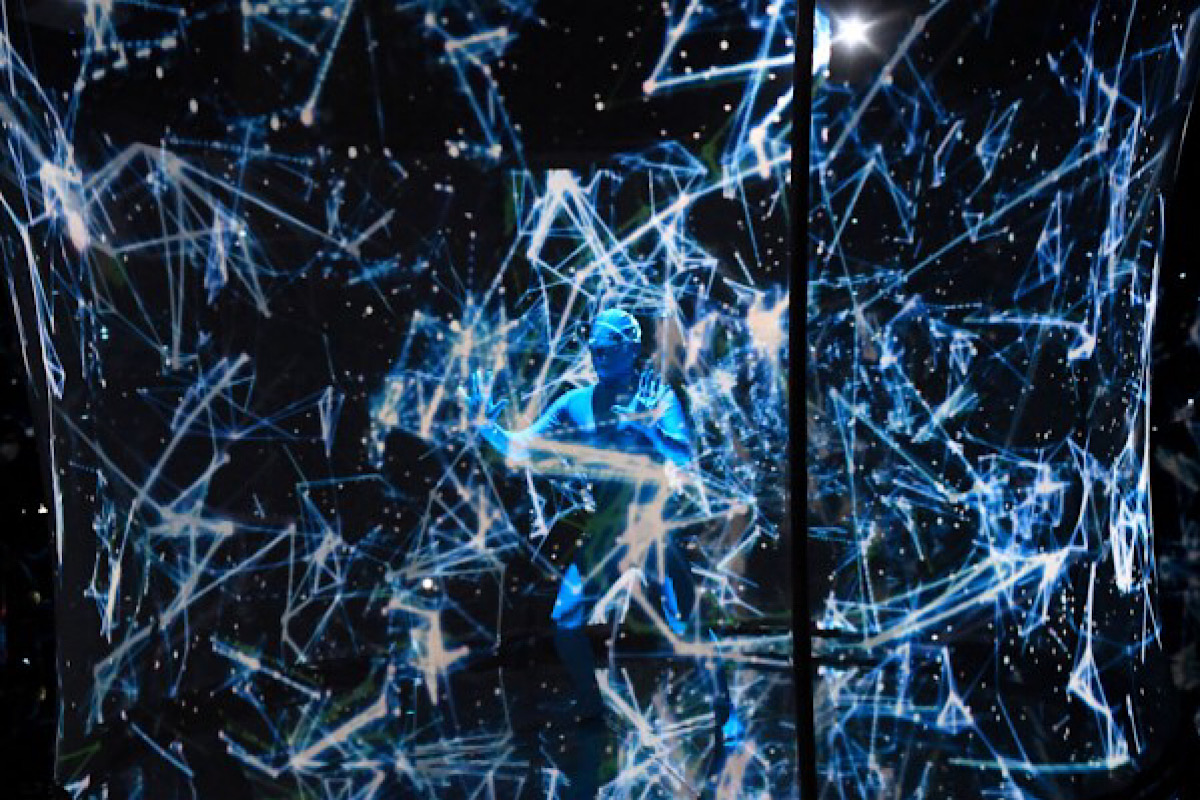In a quiet corner of the Czech Republic, a sleek train named Edita is rewriting the rules of rail travel. It’s not running on a closed-off metro line or shuttling between airport terminals. This one glides through open countryside, across level crossings, past farm fields—and it’s doing it without a human at the controls.
Built by Prague-based transport tech firm AZD, Edita is Europe’s first driverless train to operate in an open environment where anything can happen—wandering livestock, unpredictable cars at crossings, even the occasional hare making a dash for the tracks. Unlike autonomous systems confined to sealed infrastructure, this is rail autonomy in the wild.
Continue reading… “Europe’s First Free-Roaming Driverless Train Is Rolling Through the Countryside—And Watching for Sheep”












